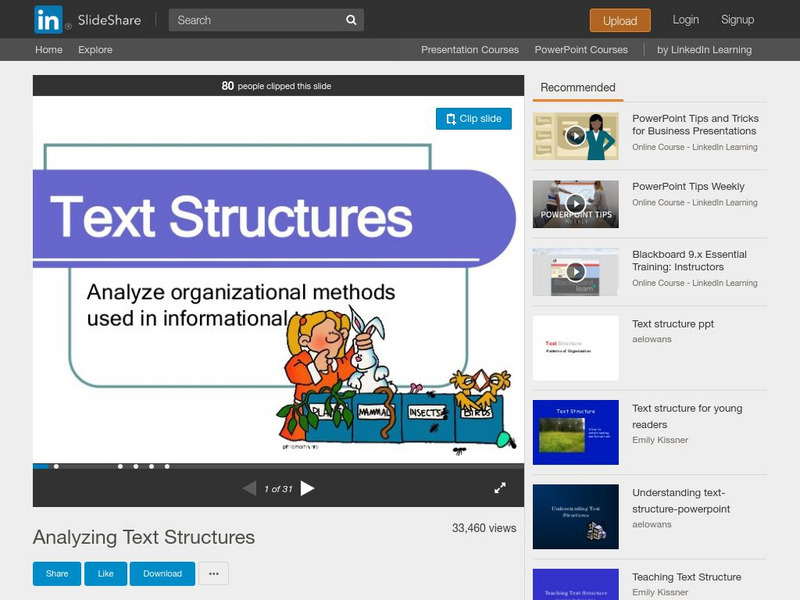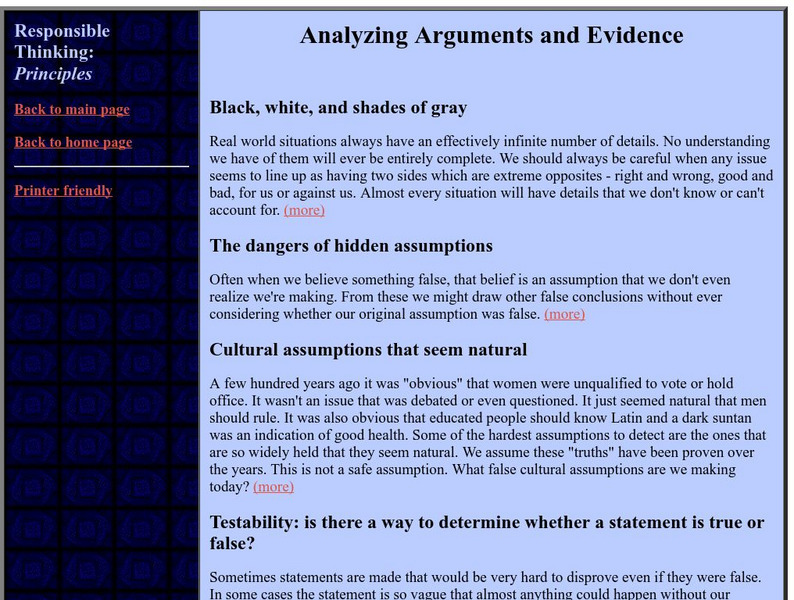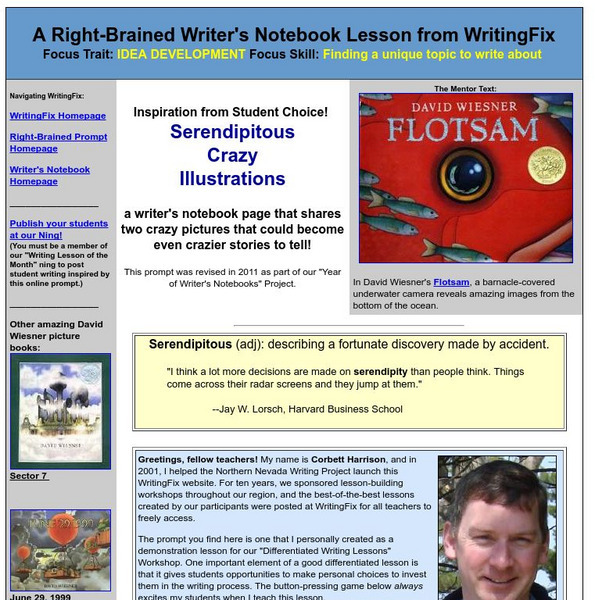Hi, what do you want to do?
EngageNY
TASC Transition Curriculum: Workshop 15
What do a cheetah, Audi commercial, and air have in common? They're all topics of an engaging inquiry-based, hands-on workshop for educators about background knowledge, reading strategies, the CER model, and argumentative writing. The...
Texas Education Agency
Texas Gateway: Analyze Use of Stylistic a Rhetorical Details
[Accessible by TX Educators. Free Registration/Login Required] In this lesson, you are going to learn to comment on writing composed by writers who are aesthetic types, writers who use language to bring images to our minds as we read....
TES Global
Tes: Analyzing & Comparing Non Fiction
[Free Registration/Login Required] Resource notes to aid students as they analyze different types of nonfiction. The GAP (genre, audience, and purpose) acronym is provided to use when comparing nonfiction texts.
Texas Education Agency
Texas Gateway: Analyze Point of View in Literary Texts/fiction
[Accessible by TX Educators. Free Registration/Login Required] In this lesson, students will learn to identify the primary points of view used in fiction and weigh the advantages and disadvantages of each.CCSS.ELA-Literacy.CCRA.R.6
Texas Education Agency
Texas Gateway: Analyze the Relevance, Quality, and Credibility of Evidence
[Accessible by TX Educators. Free Registration/Login Required] In this lesson, students will learn to analyze the quality, relevance, and credibility of evidence used to support an argument.
Texas Education Agency
Texas Gateway: Compare/contrast Themes and Genres in Literary Texts
Determining the theme is not easy; you have to use the clues the author leaves to figure it out yourself. The author implies information about the story through plot points, setting, and characters. You infer and draw conclusions based...
Tom Richey
Slide Share: Text Structures: Analyze Organizational Methods
This slideshow focuses on text structures for informational texts including how the author's purpose helps determine the organizational pattern to use and how the reader can use clues to identify the text structure used. Five...
Other
Wisewire: Grades 9 10 Playlist: Analyze How an Author Unfolds an Argument
This is an example of how to analyze how an author unfolds an argument. It provides an example and links to use for practice. RI.9-10.3 author unfolds
ReadWriteThink
Read Write Think: Text Features: Non Fiction [Pdf]
Compare the printed page to an electronic web page and use this activity to discuss the similarities and differences. A cross-curricular tie-in with ecosystems. Could easily be adapted to another subject area.
Stanford University
Stanford U.: Evaluating Information: The Cornerstone of Civic Online Reasoning
This report from the Stanford History Education Group describes the conclusions of their work in field testing a set of assessments of civic online reasoning by young people from the middle school to the college level. Middle school...
Louisiana Department of Education
Louisiana Doe: Louisiana Believes: English Language Arts: Grade 8: Conservation
Eighth graders explore the beauty of the natural world and the responsibilities of leaving an abundance of resources to future generations. Students will read both literary and informational texts to gain insight into those who have...
Better Lesson
Better Lesson: The True Story of Christopher Columbus
In this lesson, 5th graders analyze two nonfiction passages on Christopher Columbus to determine facts and author's bias and its influence on the readers.
Other
Prezi: Nonfiction Text Structures
Slideshow examines the five most common text structures used by authors to organize nonfiction writing.
Other
Responsible Thinking: Analyzing Arguments and Evidence
Contains many points to consider when analyzing someone's arguments and evidence, such as the hidden assumptions, cultural assumptions, and testability. Each is explained in a short paragraph with a link to additional discussions on...
CommonLit
Common Lit: Units: 5th Grade Author Study: Gary Soto
Complete teaching unit for 5th Grade Author Study: Gary Soto. Students will read 4 short stories and 2 poems by Gary Soto that examine romantic and family love. Students will analyze these texts while considering the essential question:...
TES Global
Tes: Non Fiction Unit 4 Formal/impersonal Writing: Tourists
[Free Registration/Login Required] Students will analyze tourism brochures to determine features related to nonfiction writing in this unit. Tourism websites may be used in lieu of the brochures. Cotswold and the North Leigh Roman Villa...
Polk Brothers Foundation Center for Urban Education at DePaul University
De Paul University: Center for Urban Education: Evaluate the Strength of Evidence [Pdf]
This resource provides a downloadable worksheet that will assist students after they read a piece of nonfiction. Students will answer guided questions to help them determine the strength of evidence used when supporting a claim....
Thinkport Education
Thinkport: Totalitarianism in Stalinist Russia
A module where students analyze how the author uses text structure to emphasize key points or explanations in order to achieve the purpose for writing or point of view.
Department of Defense
Do Dea: In the Beginning
This expansive self-guided unit hits on many objectives such as analyzing literature for author's purpose, figuring out the main idea/theme, understanding historical criticism, comparing and contrasting works from major historical...
Writing Fix
Writing Fix: Serendipitous Crazy Illustrations
In this lesson, Flotsam, written by David Wiesner, is used as a mentor text. Students will analyze the author's use of crazy illustrations and word choices. Students will then use a game on this web site where they will click to discover...
Louisiana Department of Education
Louisiana Doe: Louisiana Believes: English Language Arts: Grade 7: Written in Bone
This unit focuses on learning the stories of our past. Students will explore various texts (literary and informational) and their unique perspectives on history to consider how different experiences offer a different historical...
PBS
Pbs Learning Media: Literary Elements and Techniques: Symbolism
Explore how authors use symbolism to add a deeper level of meaning to their work in this short animated video [1:12] from WNET. Discussion questions below help students to further apply their understanding before analyzing a text.


















